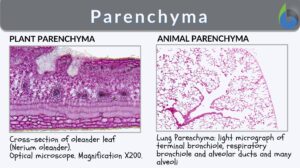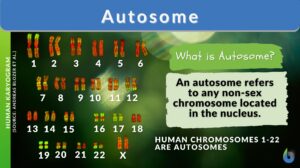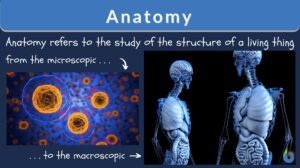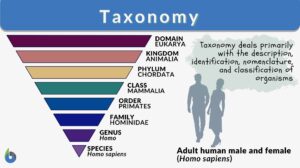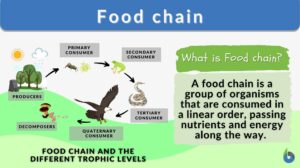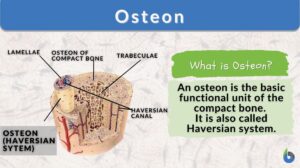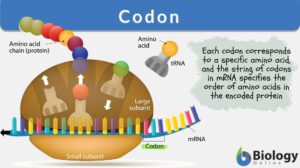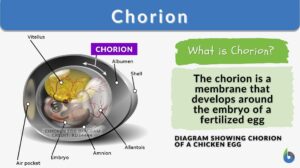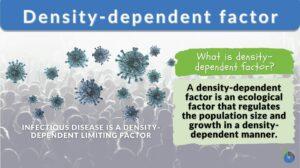Search Results for: section
Longitudinal section
Longitudinal Section Definition To describe the direction of movements and location of different body structures, a... Read More
Microscopic section
microscopic section --> section 1. The act of cutting, or separation by cutting; as, the section of bodies. 2. A part... Read More
Midsagittal section
midsagittal section --> median section A cross section attained by slicing in the median plane, actually or through... Read More
Cross-section
Cross-section (Science: physics) Usually refers to the (apparent) area presented by a target particle to an oncoming... Read More
Cross-sections
Cross-section (Science: physics) Usually refers to the (apparent) area presented by a target particle to an oncoming... Read More
Sagittal section
Definition A cut (in actual or by imaging techniques) from the top to the bottom of the body, or of any anatomic structure,... Read More
Median plane
In anatomy, the median plane refers to a plane passing vertically through the midline. It divides the body into left and... Read More
Parenchyma
Parenchyma Definition What does parenchyma mean? Let's define the word "parenchyma". Most of the functional tissues in... Read More
Transection
transection 1. A cross section. 2. Cutting across. Synonym: transsection. Origin: trans-- L. Seco, pp. Sectus, to... Read More
Plant Tissues
Plants are composed of three major organ groups: roots, stems, and leaves. As we know from other areas of biology, these... Read More
Nervous System
THE is the most complicated and highly organized of the various systems which make up the human body. It is the... Read More
Cell morphology
The basic essence for any living organism is its structural framework which includes appearance, form, and the... Read More
Vascular plants
Definition of Vascular plants The term 'vascular' is derived from the Latin word vāsculum, vās, meaning "a container and... Read More
The Conscious & Unconscious Nervous System
The Central Nervous System is arguably the most important part of the body because of the way it controls the biological... Read More
Cellular respiration
Cellular Respiration Definition What is cellular respiration in simple terms? Cellular respiration can be defined simply as... Read More
Food chain
Everything is a cycle in life. The way organisms consume their food also follows a cycle. This is usually described as the... Read More
Apparent competition
Competition Definition One of the many branches of biology is ecology. Ecology is the study of the relationships that the... Read More
Parthenogenesis
To reproduce, by definition, means to produce new offspring. The process is referred to as reproduction, which is one of the... Read More
Autocrine signaling
Autocrine Signaling Definition What is autocrine signaling? Autocrine signaling is a type of cell signaling wherein a cell... Read More
Parasagittal
Definition adjective (anatomy) Being situated alongside or parallel to the sagittal plane. Supplement Word origin: from... Read More
Density dependent factor
Density-dependent factors are the limiting factors of an ecosystem that regulate population growth in a density-dependent... Read More


